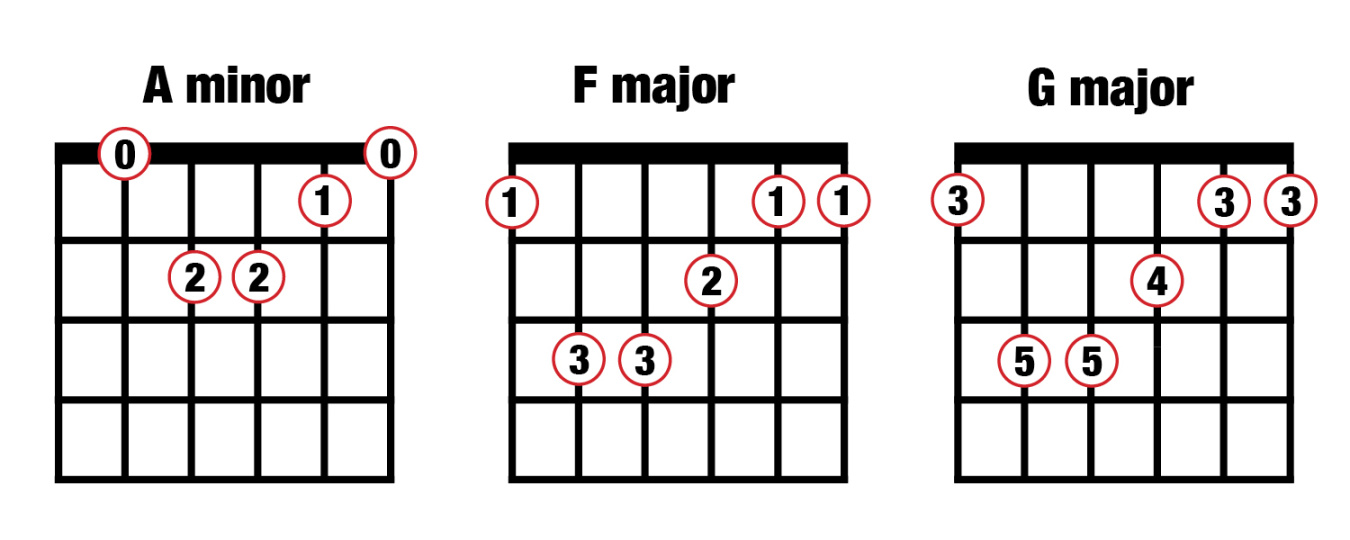Guitar Chord Progressions Easy: Your First Steps to Musical Mastery
So, you’ve got a guitar, and you’re itching to play some actual music. Forget those dusty old scales for a minute; let’s talk about chord progressions. These are the building blocks of pretty much every song you’ve ever heard. And guess what? You don’t need to be a guitar wizard to get started.
What’s a Chord Progression Anyway?
Think of a chord progression like a sentence in music. It’s a series of chords played one after another that sound good together. It’s how you create that feeling, that vibe, that makes a song catchy. The chords themselves are groups of notes played simultaneously, and when you string them together, you get a progression.

The Magic of the I-IV-V Progression
If you’re looking for the absolute easiest place to start, it’s the I-IV-V progression. Don’t let those Roman numerals scare you. They’re just a fancy way of numbering chords in a key. Let’s break it down in the key of C, a super common key to start with.
Chord I (C Major): This is your home base, the foundation. It’s the “C” in the key of C.
Play them in order: C, F, G, and then back to C. You’ve just played one of the most common and versatile chord progressions ever. You’ll hear it in countless songs, from pop to rock to folk.
Why This Progression Works
The I-IV-V progression works because of the natural relationships between the chords within a key. These chords are harmonically related, meaning they sound pleasing together. It’s like they’re having a musical conversation.
Expanding Your Chord Vocabulary
Once you’re comfortable with the I-IV-V, you can start adding more chords. Let’s introduce the vi chord, the relative minor.
Now, try this: I-vi-IV-V (C-Am-F-G). This progression is incredibly popular and adds a new dimension to your playing.
Exploring Other Keys
Don’t limit yourself to the key of C. The same principles apply to other keys.
Key of G: I-IV-V becomes G-C-D.
Just remember to find the I, IV, and V chords in each key, and you’re good to go.
Easy Chord Shapes to Know
To play these progressions, you’ll need to know some basic chord shapes.
C Major: A simple open chord that’s essential for any beginner.
Practice changing between these chords smoothly. That’s the key to making your progressions sound good.
Putting It All Together
Now, let’s talk about how to actually use these progressions.
Experiment with strumming patterns: Try different rhythms and tempos to create different moods.
Adding a Little Flair
Once you’re comfortable with basic progressions, you can start adding some flair.
Use inversions: These are different ways of playing the same chord, creating subtle variations.
The Importance of Practice
Like anything else, mastering chord progressions takes practice. Don’t get discouraged if you don’t sound like a pro right away. Just keep playing, and you’ll gradually improve.
Conclusion
Learning easy guitar chord progressions is the first step towards unlocking your musical potential. The I-IV-V progression and its variations are your best friends when you’re starting out. By understanding the relationships between chords and practicing regularly, you’ll be able to play countless songs and even start writing your own. Remember to experiment, listen to music, and most importantly, have fun. The guitar is a tool for expression, so use it to create something that’s uniquely yours.

